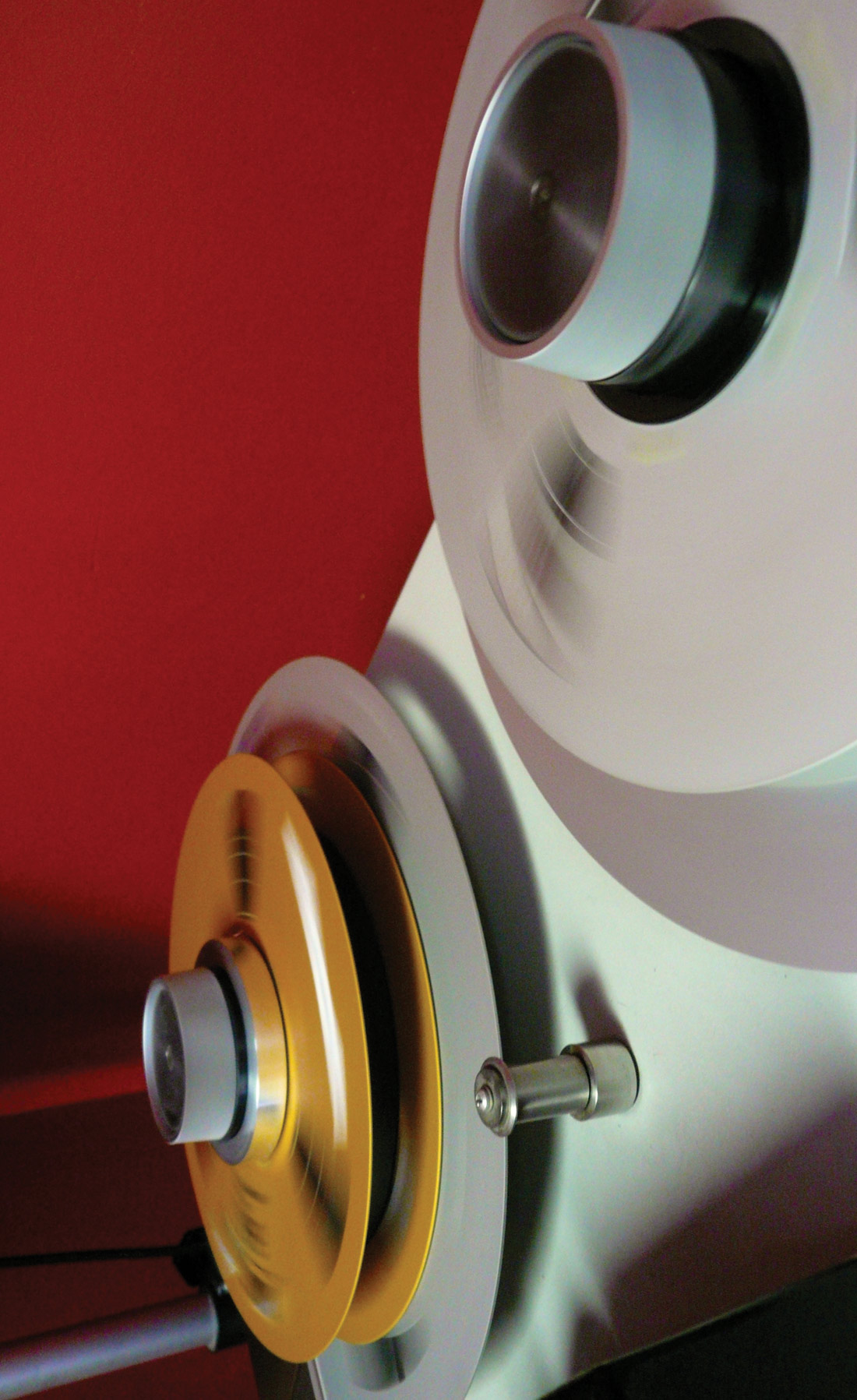Over the years, there have been a variety of tried-and-true compressor/limiter circuit types. For example, VCA was used in the classic dbx 160, FET in the UREI 1176, electro-optical in the Teletronix LA-2A, and, less common these days, diode-based, which had been employed in the 1970's by manufacturers such as Neve, Calrec, EMI, and Siemens. I've been fortunate enough to have had a pair of diode-type Neve 2254/As at my disposal since the mid-'90s and have found them just about unbeatable at most applications, particularly strapped across a 2-channel stem or the stereo bus of a full mix. Their musical gain reduction behavior and tendency to distort in extremely subtle and almost-always-pleasing ways keeps them very busy during nearly every tracking and mixing session I'm involved in.
With its elegant yet workman-like CL1mk2, Sweden's Vintagedesign has filled a need for more variety in the contemporary diode-based comp/limiter world. And this is a good thing indeed. The CL1mk2, for all intents and purposes, is a cross between a Neve 2254 and 2264, with additional features not found in either of the Neve classics. The trademark separate circuitry and controls of compression and limiting of the earlier 2254 are combined with the innovative side-chain circuitry of some versions of the later 2264s, making this a "best of both worlds" vintage-style device. Add comprehensive attack controls for both compression and limiting to the proceedings, and you've pretty much got an ideal Neve-style compressor.
On a recent tracking session, I used the CL1mk2 for recording kick drum and snare, hitting the signal ever-so-gently, for a taming effect. The resulting sound was pleasingly thick and full of iron (yes, the CL1mk2 has transformer-balanced I/O). It was nice to be able to dial in both attack and release times -something I'm not able to do with my 2254As. The detector's high-pass filter -switchable between 50 and 100 Hz for source material with kick drum or bass guitar and jumping up to 7 kHz for de-essing or for giving mixes more shimmer and presence -proved handy and struck me as the perfect add-on to an already nearly-perfect comp/limiter design. Really, just about every signal I fed the CL1mk2 -especially full mixes -sounded noticeably better coming out of it. Very similar in character to my trusty 2254/A pair. The only sound source I wasn't sold on was vocals. Being more of an opto guy when it comes to vocals, I found myself thinking the CL1mk2 would not necessarily be my first choice for compressing a singer since it lacks the gluey adaptable release time that opto circuits offer.
Aesthetically, the 2RU-height CL1mk2 has a nice future-proof look, with red and blue knobs that tip their collective hat to the Neve 80-series modules of old, as well as a pleasantly familiar blue/grey faceplate. I like that the VU meters are placed roughly in the middle of the unit, visually and ergonomically dividing the compressor and limiter sections -a very intuitive design idea. It bears mentioning that the components and housing all have an appealingly heavy-duty feel to them. This is a professional piece of gear for sure.
Sadly, the guts and versatility of a vintage Neve 2264 or 2254 do not currently come cheap. And neither does the contemporary version. But even at over $3000, the CL1mk2 will give the user everything and more that the old Neve units can offer, without the maintenance headaches so familiar in the vintage gear marketplace. ($3200 street; www.vintagedesign.se)
Tape Op is a bi-monthly magazine devoted to the art of record making.




_disp_horizontal_bw.jpg)